Nghia Do Fort was once the site of fierce battles between our troops to destroy the enemy at Nghia Do Fort in 1950, leading to the victory of the Le Hong Phong Campaign, contributing to the liberation of Lao Cai . Although the French fort system in Nghia Do is now only ruins, it is very valuable in terms of history and culture.

During a business trip to Nghia Do to learn about history and revolutionary struggle traditions, we and the commune's cultural officers searched for historical relics and ruins here.
Going uphill to a high hilltop in Ban Kem, in the middle of a cinnamon hill of thousands of square meters, is where the French colonialists built Nghia Do fort right from the time they invaded and ruled this land, around 1902.
According to the reporter's records, after more than 120 years, through war and time, the French garrison in Nghia Do only has stone walls, stone embankments, and the foundation of the old garrison area left. There are sections of embankments and stone walls that are still quite intact, with cobblestones arranged in sturdy layers. In addition, there are still ruins of brick walls and trenches. Looking at the stone embankments and long foot of the wall, one can imagine that the former Western garrison was very large.
In the book History of Nghia Do Commune Party Committee, it is clearly stated: Since 1902, the French directly brought a group of soldiers to set up a post on the hill in the middle of Ban Kem field to control key positions in the area and neighboring areas. The French built Nghia Do as the main post, together with Luong post, Pho Rang post, Lang Mai post, Bao Ha post to form a belt blocking the vital road from the Northern Delta to the northern border of our country. At the same time, these posts were also the base for the French to deal with the uprisings of the local people. By 1922, the French reinforced Nghia Do post with a team of Black Thai soldiers and European-African soldiers, establishing a general command post for the area northeast of Chay River.
After the Japanese coup against the French in Indochina (March 9, 1945), France withdrew its troops and surrendered to Japan. The Co Van Guerrilla Team of the Viet Minh sent a guerrilla team of 3 people led by Mr. Hoang Van Nhuong (Nhuong Team) to follow Xuan Giang and Yen Binh roads to Nghia Do to prepare for the uprising. In July 1945, under the leadership of the Co Van Guerrilla Team, the revolution succeeded throughout Luc Yen district, and Nghia Do commune was liberated from the rule of Japanese fascists. In October 1945, Nghia Do commune was renamed Nghia Do commune. The ethnic people in Nghia Do soon became aware of the revolution, so this place became the first revolutionary base in the upper district of Luc Yen after the success of the August Revolution.

As someone who has spent many years collecting documents on the history of Nghia Do land, Meritorious Artisan Ma Thanh Soi (Tay ethnic group, 81 years old, in Ban Ria, Nghia Do commune) said: After the August Revolution in 1945, the French colonialists returned to invade our country. At the end of 1949, they consolidated Nghia Do fort into a strong fort. Around the fort there were 3-meter high brick and stone walls, barbed wire fences and a deep trench system surrounding it. On the fort surface there were 7 bunkers and 1 Canong gun emplacement (75mm mountain artillery), with more than 400 European-African soldiers, red-scarved soldiers, and militia soldiers. The French fort had a commanding officer's house, a kitchen, a daughter's house, a barracks, a warehouse and many other solid structures. Along with Nghia Do fort commanded by the French officer Tu Scar, the French colonialists also built Hoang A Tuong fort commanded by the chief Inh, about 350 meters apart.
At the French garrison in Nghia Do, there were extremely fierce battles between our troops and the enemy. Typically, in 3 days, from February 10 to 12, 1950, our troops organized 2 attacks on the enemy garrison but could not suppress the enemy's firepower. At 5:00 p.m. on February 23, 1950, we launched the third attack, destroying the Hoang A Tuong garrison, burning down all 24 barracks, and destroying the Duset gun tower. The battle at Nghia Do garrison was extremely fierce, the French used 18 planes, dropping 400 paratroopers to supply; we killed more than 60 enemies. On February 25, 1950, our troops broke into the enemy garrison, freeing 200 civilians held by the French. At this time, the French garrison still had about 500 soldiers. Faced with our attack and siege, on March 10, 1950, France had to withdraw its troops from Nghia Do to Bac Ha.
The Le Hong Phong campaign (act I) ended in victory. At the Nghia Do front, we destroyed 159 enemies, including 65 French soldiers and 4 reactionaries, and captured many enemy weapons. The Nghia Do victory was recorded in history books and had an important significance, breaking the enemy's defense line, cutting off their connection from Lao Cai to the provinces, opening the door for our army to attack and liberate Lao Cai. Upon hearing the news of the victory, on May 1, 1950, Uncle Ho sent a letter of praise. In the letter, there was a passage that read: "I was informed that, in the battles of Pho Lu and Nghia Do, all the soldiers showed great bravery."
Returning to the story of the ruins of Nghia Do fort today, although the works of the old Western fort no longer exist, only the foundations, foot walls, and traffic trenches remain, these are the evidences of a heroic period of revolutionary struggle of the nation, demonstrating the patriotic and revolutionary traditions of the people of Nghia Do land. In 2008, the Nghia Do Victory Relic was recognized as a historical and cultural relic by the Lao Cai Provincial People's Committee. Unfortunately, to date, the relic has not been invested in and restored.
According to Mr. Hoang Hai Dang, a cultural and social officer of Nghia Do commune, the Nghia Do Victory Historical and Cultural Relic in general and the ruins of the Tay garrison in Nghia Do in particular have very important historical and cultural values of the locality. Although this place has been recognized as a historical and cultural relic by the Provincial People's Committee since 2008, it has not been invested in by all levels and sectors in the past, the road to it is very difficult to travel, and the ruins are covered with grass and trees, almost completely hidden.

With the desire to restore the old Western outpost toeducate the next generation about tradition, the People's Committee of Nghia Do commune, together with Meritorious Artisan Ma Thanh Soi, collected documents and redrawn the map of the Western outpost in Nghia Do with the locations of the constructions quite specifically and completely. The People's Committee of Nghia Do commune also reviewed the land area related to historical relics and propagated to households with land in this area to preserve, protect, and not encroach on the ruins of the old Western outpost.
Mr. Luong Cao The, Vice Chairman of Nghia Do Commune People's Committee, said: In recent years, promoting the tradition of the revolutionary homeland, the people of all ethnic groups in Nghia Do Commune have united to rise up, building this place into a peaceful, prosperous, culturally rich countryside, recognized by the Provincial People's Committee as a provincial-level tourist destination, attracting many visitors. The Party Committee, government and people of Nghia Do Commune are always proud of the Nghia Do Victory Historical and Cultural Relic and hope that in the coming time, all levels and sectors will pay attention to investing and embellishing it to become a red address for educating revolutionary traditions for the next generation, as well as a destination to learn about the history of this land for tourists from all over the world.
Source: https://baolaocai.vn/can-dau-tu-ton-tao-di-tich-lich-su-don-nghia-do-post402803.html










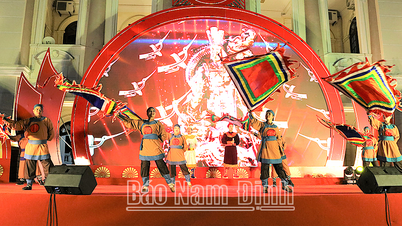

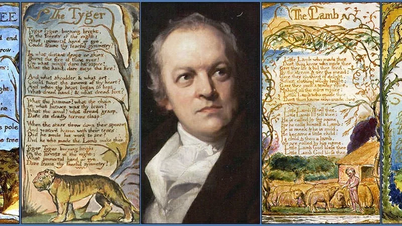











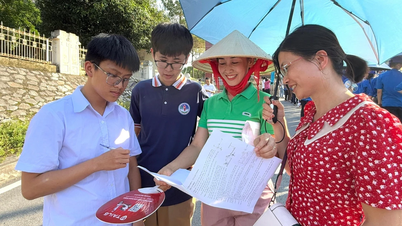

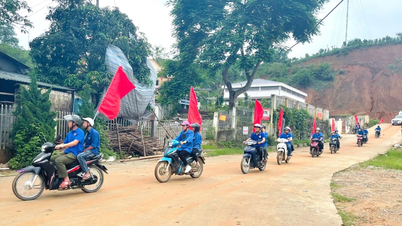





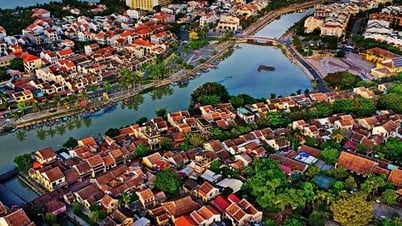

































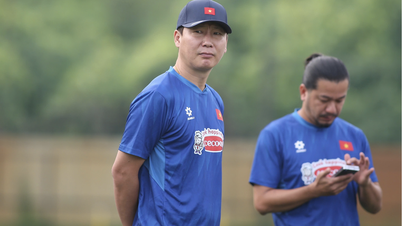




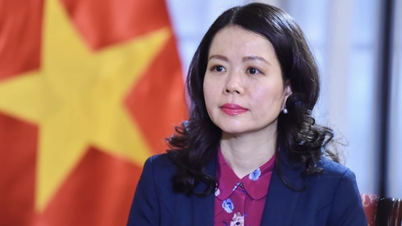








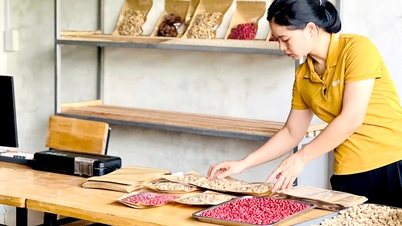

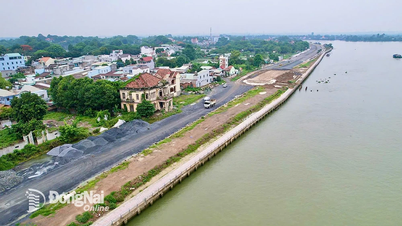




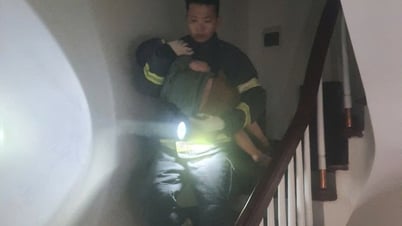
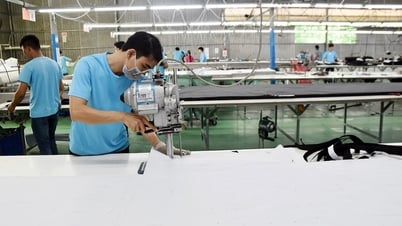








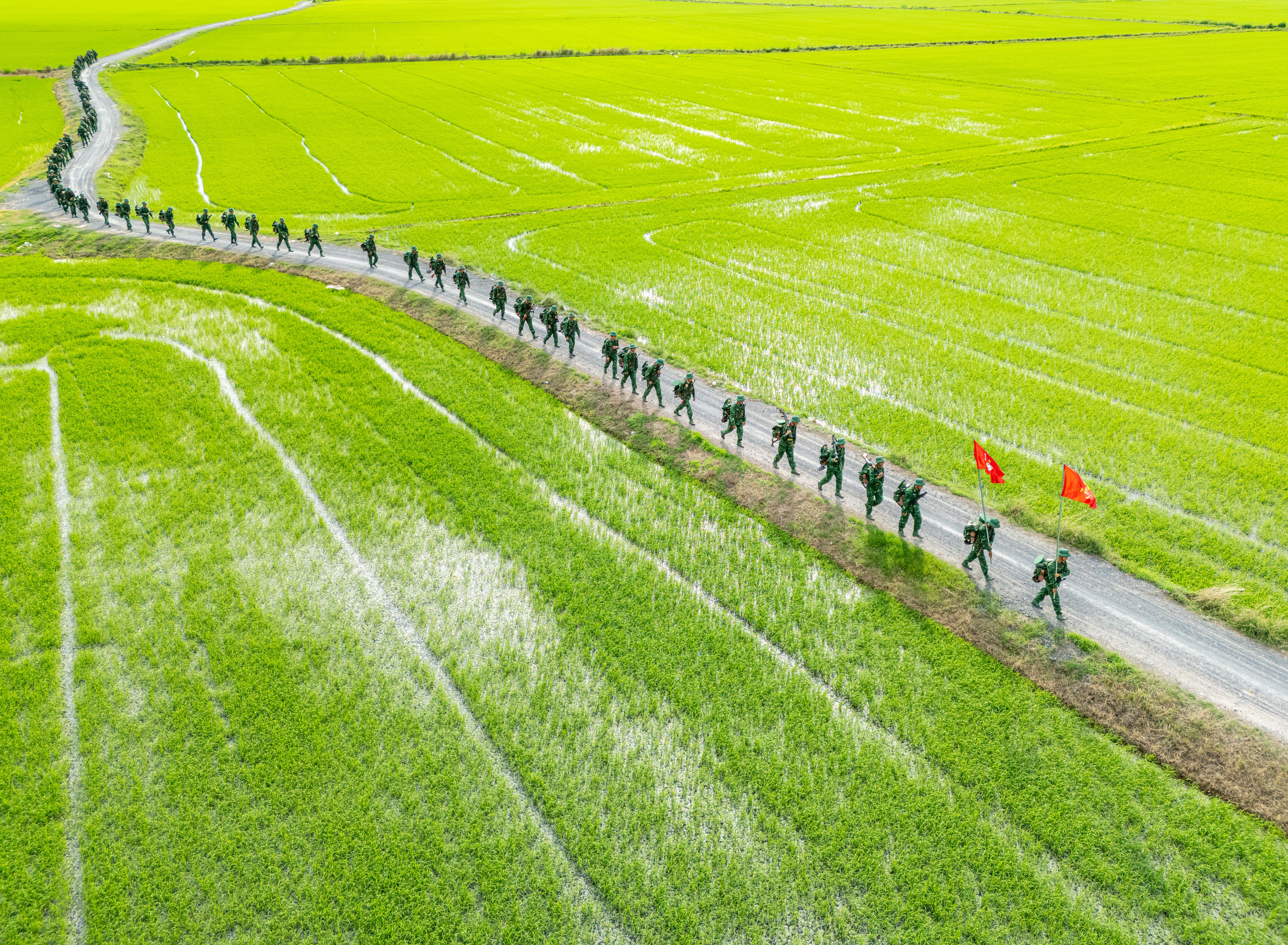
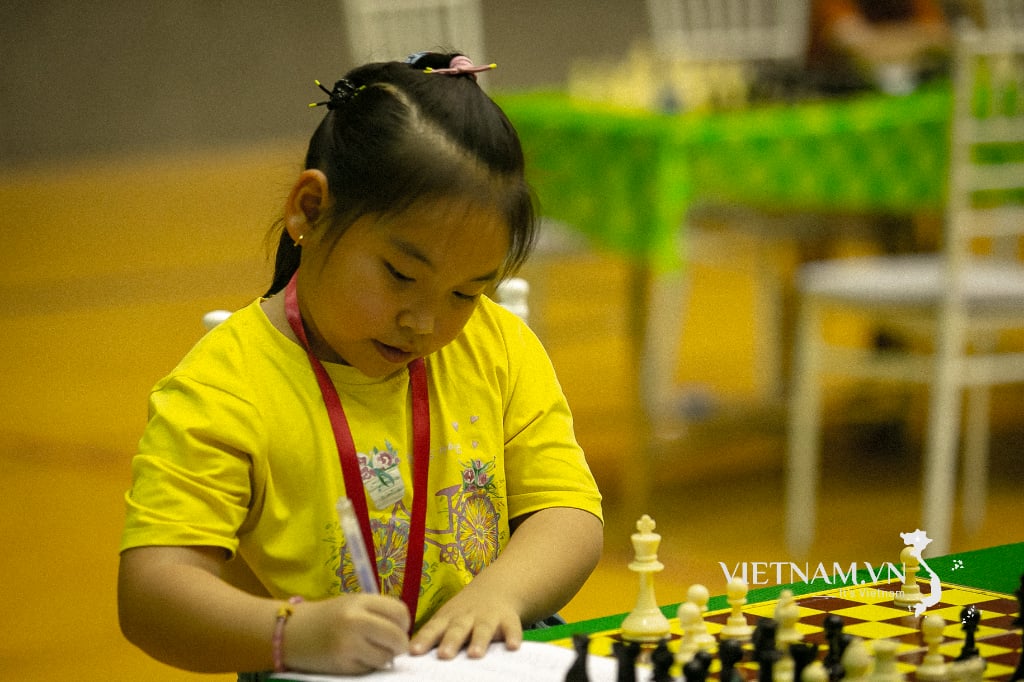

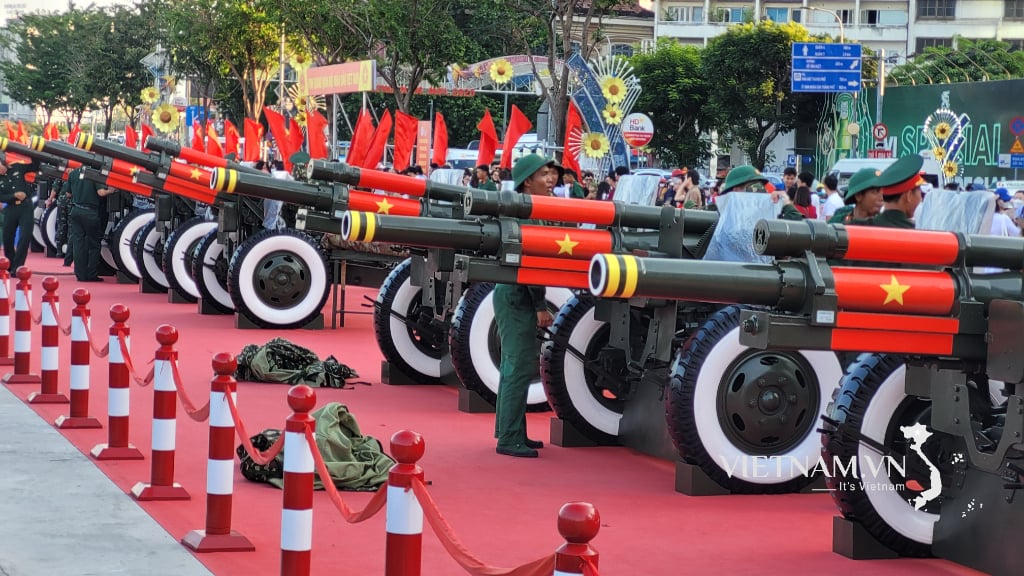
Comment (0)